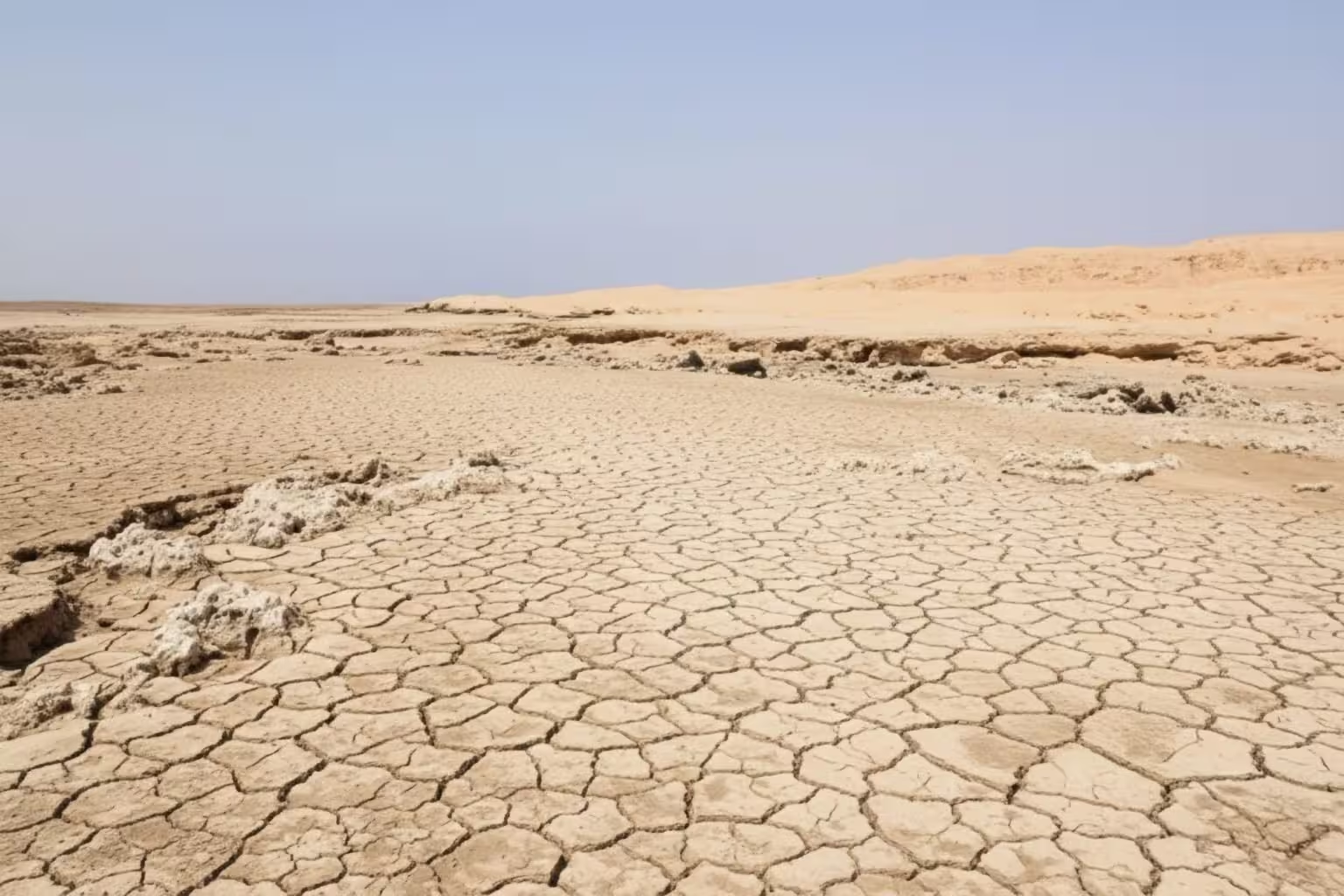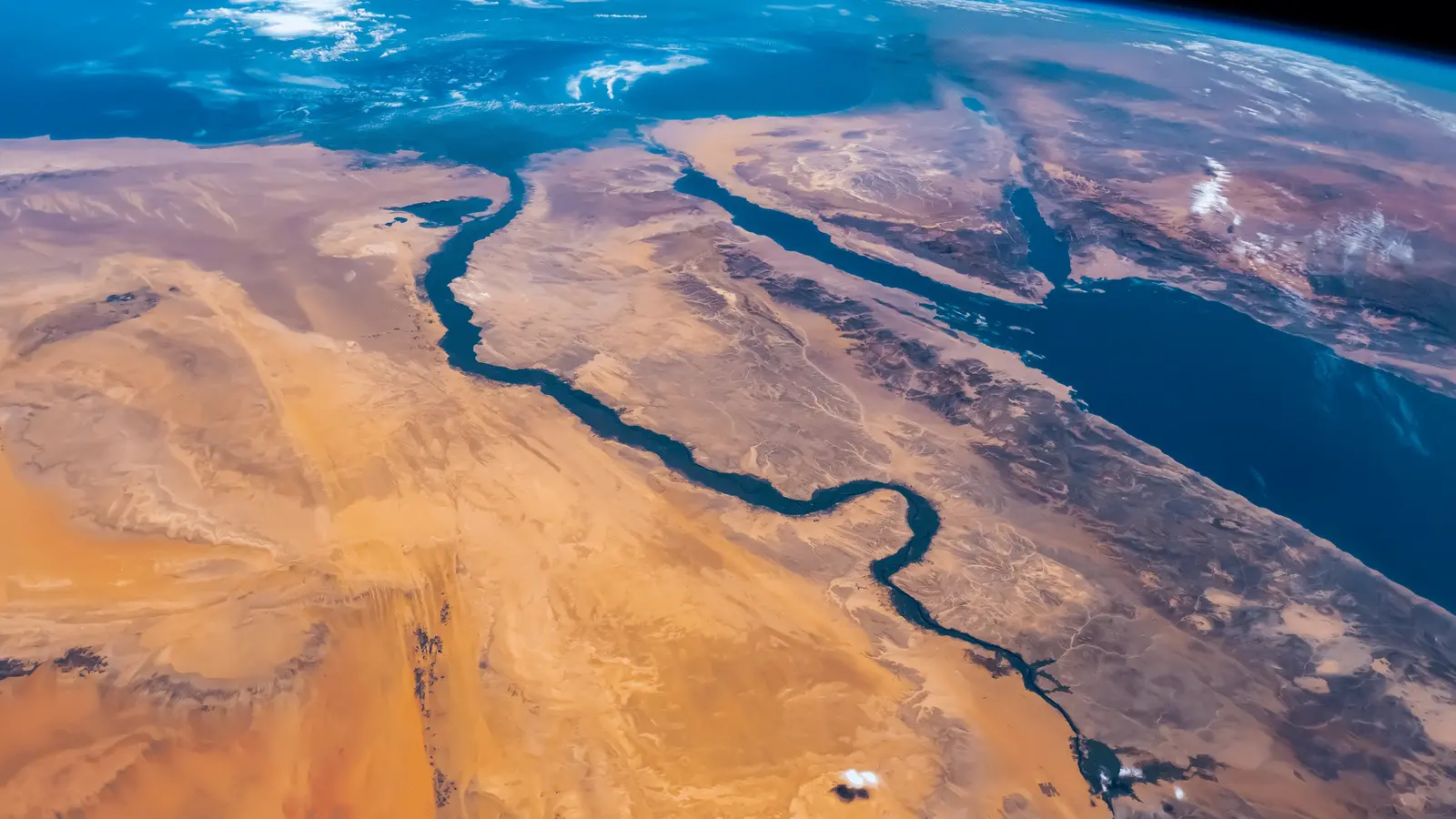5 Minutes
Red Sea’s dramatic dry-out and sudden rebirth
New research led by scientists at King Abdullah University of Science and Technology (KAUST) shows the Red Sea completely dried up about 6.2 million years ago and was later refilled by a catastrophic flood from the Indian Ocean. New research shows the Red Sea dried out 6.2 million years ago before being suddenly flooded by the Indian Ocean.
By integrating seismic imaging, microfossil analysis and high-precision geochemical dating, the KAUST team established a tight timeline for this extreme event: the transition from desiccation to full marine conditions occurred in less than 100,000 years, an interval that is extremely brief in geological terms. According to project lead Dr. Tihana Pensa (KAUST), the basin records one of Earth’s most abrupt environmental turnovers, when a once-living seaway became a salt-encrusted desert and then returned to an open-marine state.

Evidence and methods
The multidisciplinary study combined three key datasets:
Seismic imaging
Deep-penetration seismic surveys reveal the architecture of the Red Sea sedimentary basin and preserved features on the seafloor. A striking 320-kilometer submarine canyon carved into the southern margin points to a high-energy erosional event consistent with a large-volume flood cutting through volcanic barriers near the Hanish Islands.
Microfossil and sediment analyses
Microfossils (foraminifera and other planktonic remains) indicate a long interval of diminished or absent marine life in deposits dated between roughly 15 and 6 million years ago, consistent with rising salinity and local extinctions. Above those evaporitic layers, the sudden reappearance of normal-marine fossils marks rapid recolonization after reflooding.
Geochemical and age constraints
Isotopic dating of sediments and geochemical fingerprints of seawater salinity changes allowed the team to constrain timing to around 6.2 million years ago and to estimate the pace of refilling at under 100,000 years. Combining these lines of evidence produced a coherent chronology for desiccation and renewal.
How the Indian Ocean refilled the basin
Originally connected northward to the Mediterranean through a shallow sill, the Red Sea lost that link and evolved into an evaporative, salt-rich basin. In the south, a volcanic ridge near the Hanish Islands separated the basin from the Indian Ocean. The new reconstruction indicates that seawater from the Indian Ocean overtopped or breached this volcanic barrier in a catastrophic flood. The torrent carved the 320 km submarine canyon and rapidly drowned the salt flats, restoring normal marine circulation and ecosystems.
This reflooding appears to have preceded the Mediterranean’s well-known Zanclean reflood by nearly one million years, giving the Red Sea a distinct, earlier rebound in global ocean history.
Geological context and significance
The Red Sea is a juvenile ocean formed as the Arabian Plate separated from Africa beginning about 30 million years ago. Early stages included rift lakes and later a broader gulf when the basin first flooded from the north about 23 million years ago. During the Middle to Late Miocene (roughly 15–6 million years ago) restricted circulation and high evaporation promoted extensive evaporite (salt and gypsum) deposition and local extinctions of marine fauna.
The 6.2-million-year desiccation and subsequent flood are important because they show how tectonics (rift development and volcanic barriers), sea-level changes and regional climate can combine to produce extreme marine environments. The Red Sea thus serves as a natural laboratory for studying how new ocean basins open, how thick evaporite sequences form, and how ecosystems recover after catastrophic change.
Implications and future research
Understanding this rapid reflooding event has implications for paleoclimate reconstructions, models of ocean circulation, and interpretations of sedimentary sequences used for hydrocarbon and mineral exploration. Future work will target more detailed coring, higher-resolution seismic surveys, and geochemical proxies to refine flood volumes and rates, and to document the pace of ecological recovery, including the reestablishment of coral reef systems that persist today.
"Our results expand our knowledge of how oceans are born and reconnected over geologic time," said KAUST co-author Professor Abdulkader Al Afifi. The study strengthens KAUST’s leadership in Red Sea research and underscores the basin’s role in linking tectonics, climate and biosphere change.
Expert Insight
Dr. Lara Mitchell, a marine geologist not involved in the study, commented: "The combination of seismic architecture and fossil evidence makes a compelling case for a high-magnitude reflood. If the canyon truly represents a single erosive flood, it offers rare, direct evidence of how quickly a marine basin can transition from hypersaline to fully marine conditions — an important analogue for other rifted basins worldwide."
Conclusion
The KAUST-led investigation recalibrates our understanding of the Red Sea’s history: a complete desiccation followed by a dramatic reflooding by Indian Ocean waters about 6.2 million years ago, executed on a surprisingly short geological timescale. This event reshaped the basin’s sedimentary record and reset its ecological trajectory, and it provides a valuable case study for how tectonics, sea-level change and climate interact to produce extreme marine environments.
Source: scitechdaily


Leave a Comment